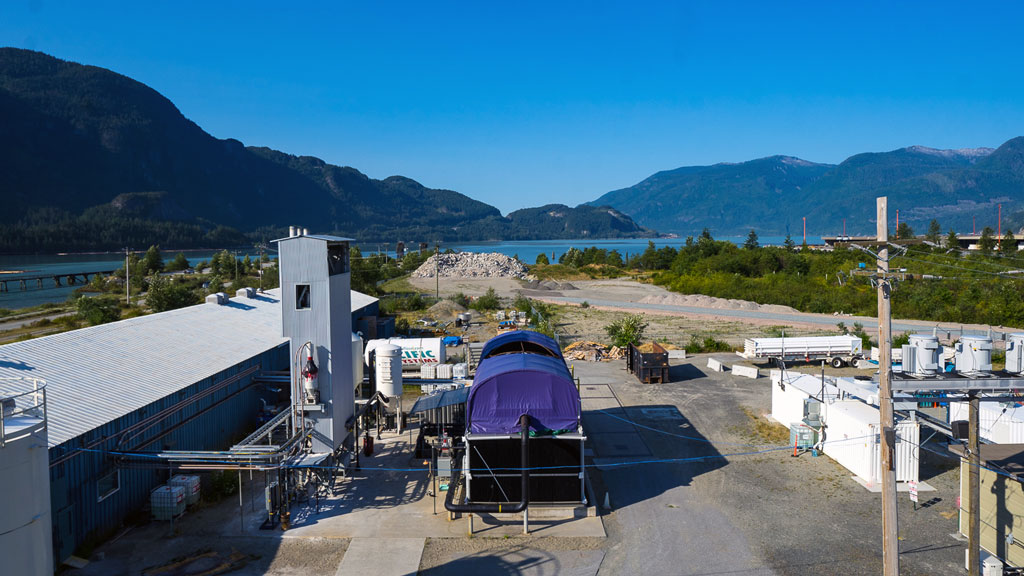Experts attending the Pacific Northwest Economic Region’s annual summit discussed the innovation solutions needed to meet energy needs while also working towards aggressive climate goals.
“There’s a gap between where we are today as an energy grid and what the aspirations are,” said Jason Thackston, senior vice-president of energy resources for Avista.
That means going beyond just adding traditional renewable energy sources.
“Goals for 100 per cent clean energy won’t be solved by building a lot more wind turbines or solar panels,” explained Thackston. “Those are part of the solution, but they won’t be the whole solution.”
While Avista is aiming to be carbon neutral by 2027 and 100 per cent clean energy by 2045, it can’t come at the cost of affordability.
“In order to achieve that 100 per cent goal, customer rates would double and we aren’t going to do that,” he said.
Part of the solution is implementing natural gas in certain areas until technology progresses.
“Technology and associated costs need to emerge and mature in order for us to achieve our stated goals,” he said. “It’s not just about generation. My hope is that we will see the cost of that technology continue to drop so we can deploy it.”
Kate Chisholm, Capital Power’s senior vice-president and chief sustainability officer, echoed this, noting the technology is there but the affordability is not.
The Alberta-based power producer was recently recognized by Capital Finance International as the best ESG-responsible energy producer in Canada.
“It’s because we have not only announced our dedication to net-carbon neutral, we also are explaining exactly how we are going to get there,” said Chisholm, who noted the company has been working for more than a decade on carbon capture studies.
“In each field study the conclusion was that the tech was absolutely viable, but it was never economical,” she said. “We have done all of these studies because Capital Power believes that in order to reliably keep the lights on and consumer costs low, the power grid will need thermal power.”
She said this was evidenced by recent winter storms and brutally hot summers where parts of the U.S. and Canada had to rely on coal and natural gas to continue delivering power. In the short term, the region needs to rely on proven thermal technology with carbon reduction measures as it can take several years just to get permits and actually build facilities, she said.
Beyond that Capital will work to transition to more hydrogen and natural gas power with carbon capture technology.
Anna Stukas, vice-president of business development for Canada-based Carbon Engineering, explained it’s important to not just reduce the amount of carbon being produced, but to reduce the amount of carbon that already has been put into the atmosphere.
“Our climate bathtub is about to overflow,” explained Stukas, adding even though we can’t see it, carbon dioxide is like water flowing into a tub.
Carbon Engineering aims to pull the plug and drain some of that. She noted this is important as we can’t just turn off all the taps pouring carbon and the tub is already too full.
She believes the next great society change will be the net-zero revolution and direct air capture, where carbon is permanently removed from the atmosphere, has a role to play.
“The challenge we face is the cost of achieving net-zero will be significant,” she said. “We need to look at solutions that will enable us to catalyze the economy instead of crippling it.”
She explained their direct air capture solution is affordable and scalable. They are nearly finished building an innovation centre in Squamish, B.C. and plan to have their first large-scale plant finished in the U.S. by 2025. It would be capable of capturing one million tonnes of C02 each year. Carbon Engineering can then permanently store it and use it to make near carbon-neutral fuels.
“Direct air capture systems can help us restore the carbon balance,” she said.









Recent Comments
comments for this post are closed